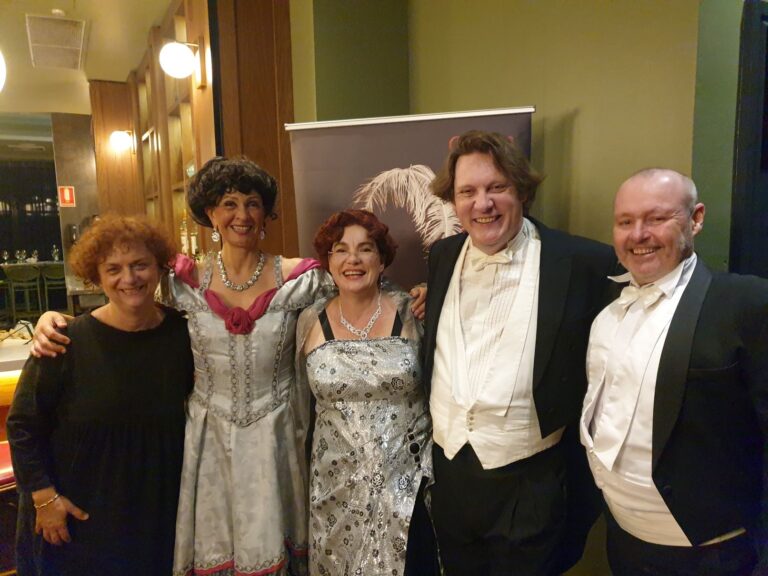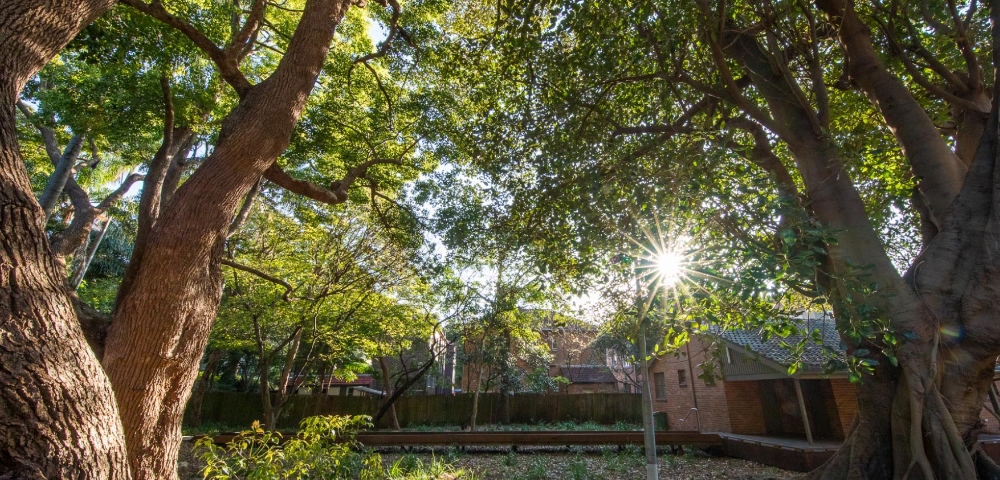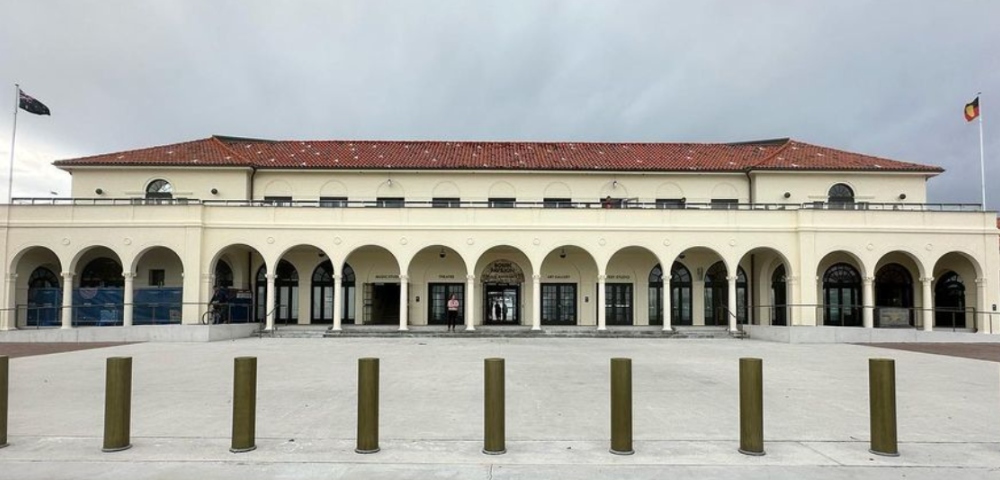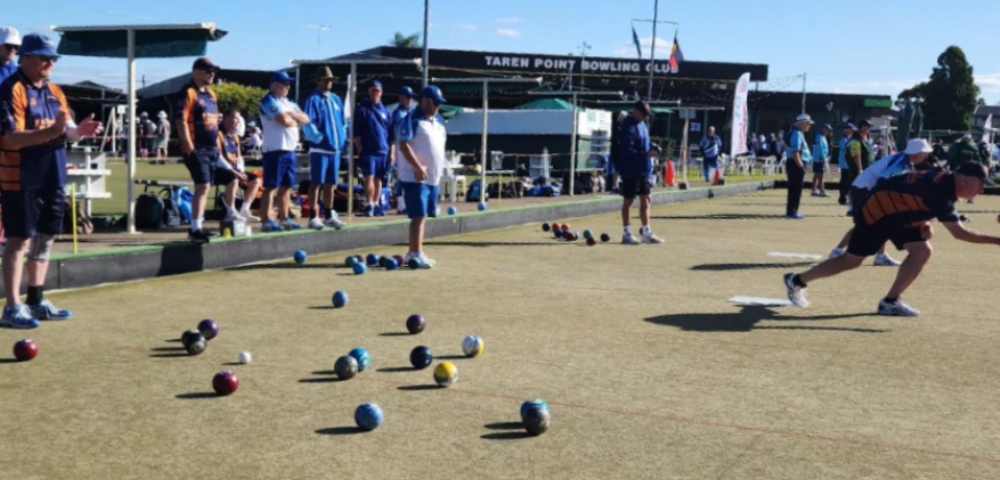
Plight of the homeless
BY ANNABEL McCULLY
Waverley has the third highest number of homeless within the South East Health region.
After being turned away from under-resourced services, children as young as 12 routinely spend nights trawling parks, squats and abandoned buildings, exposed to the elements and a myriad of dangers. Others pool their welfare money to pay extortionate rents or cram toe-to-toe in tiny boarding house rooms.
Social worker and co-ordinator of Norman Andrew’s House, Bridgette Clarke, said it was a Catch 22 situation.
‘The price of living in this area does not match the income earned. It’s easy to remain anonymous in Bondi and there is a loss of community sense and worth,’ she said. ‘You’re stuck in a rut even with a qualification. People who’ve lived here all their lives want to stay here, they want the stability. To relocate puts a lot of stress and strain on their lives, which does not make for happy, well adjusted people.’
Clarke described homelessness as ‘a merry-go-round’, a cycle that was hard to break.
‘They try to get ahead but it’s too difficult. If you stay in this environment for too long it becomes a ‘norm’ to suppress the emotions created by the harsh reality through consuming alcohol and drugs,’ she said.
There is a common view that the homeless are middle-aged, alcoholic men but anyone can become homeless as the cycle of homelessness affects people in different ways. Long-term unemployment, family breakdown, poor physical or mental health, as well as lack of affordable housing, are all contributing factors.
Almost 100,000 Australians are without safe, secure or affordable housing. Tonight half of Australia’s homeless will stay with friends or family. About two in every seven will find a bed in a boarding house and one in every seven will sleep on the streets. Every day, half the people who request urgent accommodation from the homeless service system are turned away.









